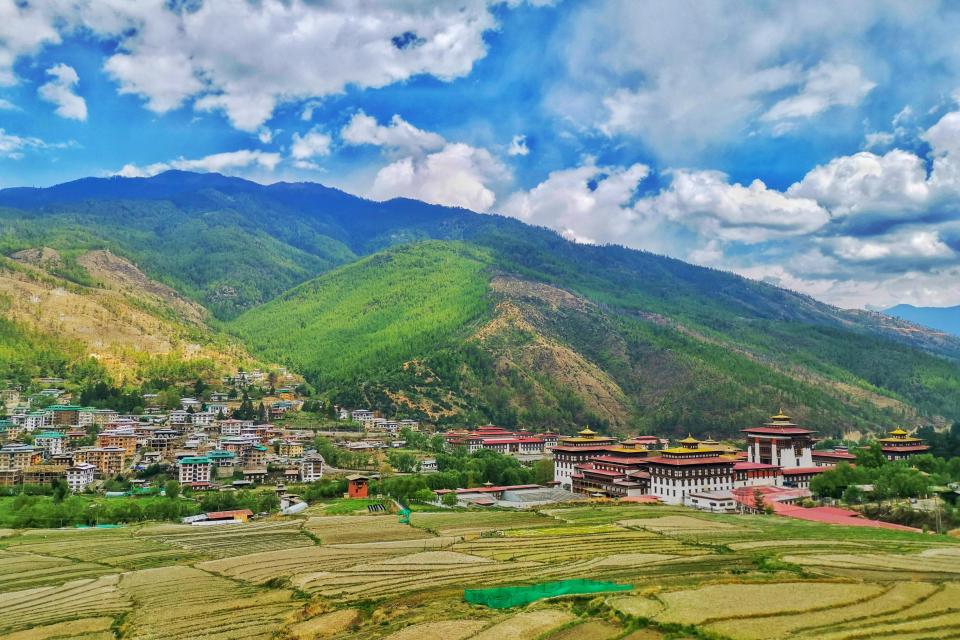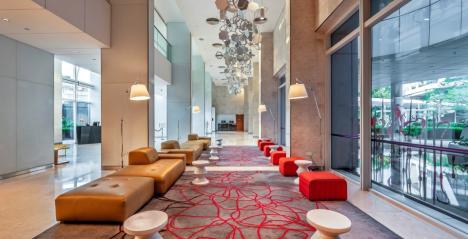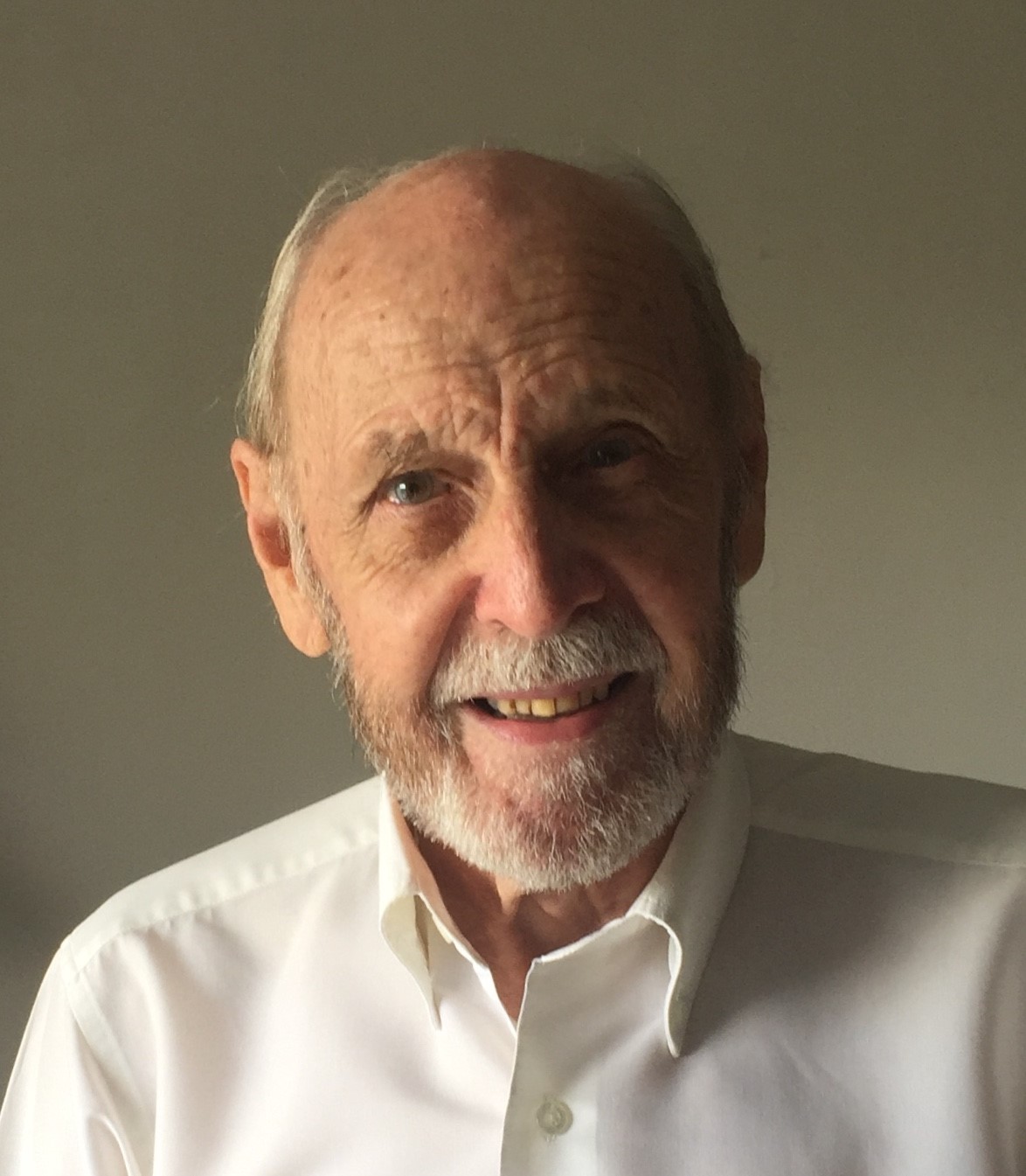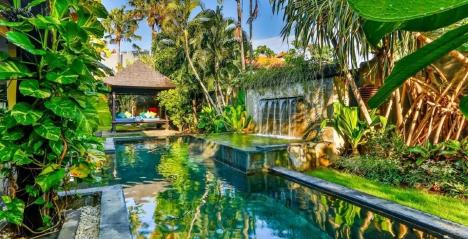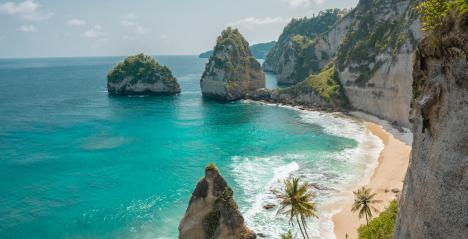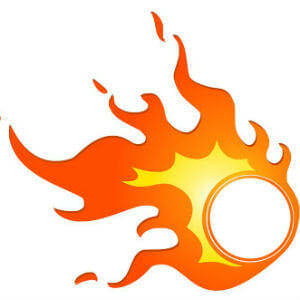Western Bhutan consists of six Dzongkhags (districts): Thimphu, Paro, Haa, Wangdue Phodrang, Punakha, and Gasa. It hosts the international airport, the capital city, most popular festivals, and Bhutan’s well-known tourist sites.
Thimphu
Thimphu is the capital city of Bhutan, with a population of 98,676. It’s the country’s political and economic hub. This charming city is an excellent blend of modern and tradition, housing numerous cultural attractions, including temples, dzongs (fortresses) and traditional art centres. Aside from that, Thimphu also offers quaint cafes, restaurants, as well as bars and nightclubs. One of the most popular chillout spots for locals and tourists is the Mojo Park pub, where you can enjoy live music.
Even though Bhutan is not open for tourism yet, we can always put interesting places into our bucket list for post-pandemic travel. Below are some popular attraction sites in Thimphu.
Buddha Dordenma
 Buddha Dordenma is the giant gilded bronze statue of Shakyamuni Buddha constructed to celebrate the 60th anniversary of the fourth king of Bhutan, Jigme Singye Wangchuck. At the height of 51.5 m, the statue sits atop a hill in Kuenselphodrang Nature Park. There is also a meditation hall where locals frequently visit to offer prayer. You can see the giant statue from most parts of Thimphu city.
Buddha Dordenma is the giant gilded bronze statue of Shakyamuni Buddha constructed to celebrate the 60th anniversary of the fourth king of Bhutan, Jigme Singye Wangchuck. At the height of 51.5 m, the statue sits atop a hill in Kuenselphodrang Nature Park. There is also a meditation hall where locals frequently visit to offer prayer. You can see the giant statue from most parts of Thimphu city.
Tashichho Dzong
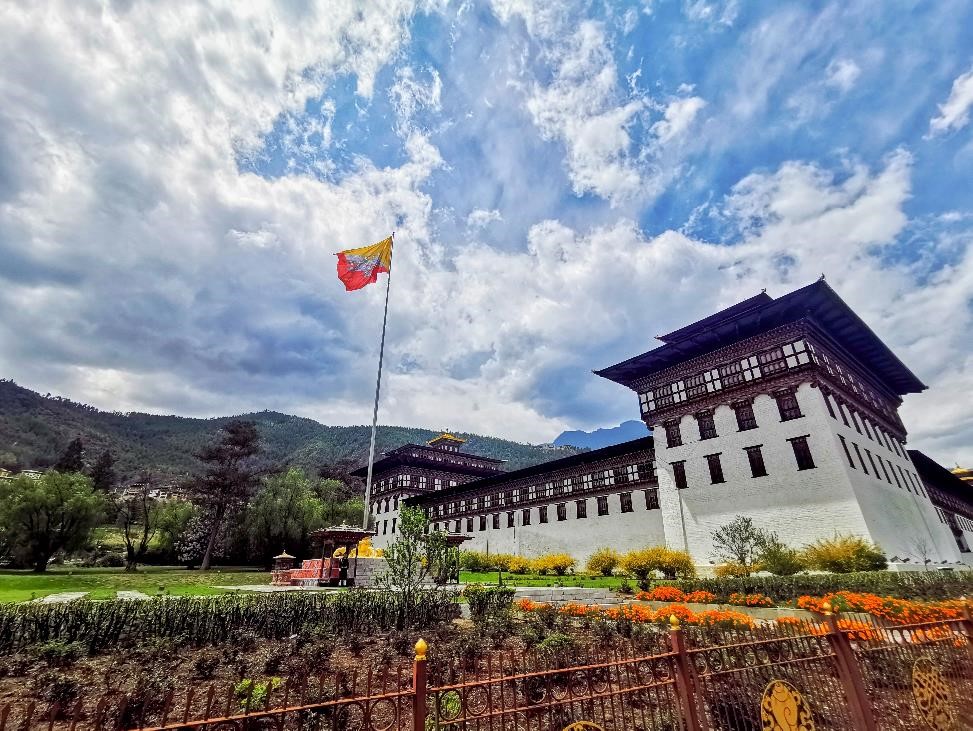
Tashichho Dzong is a magnificent fortress located close to the western banks of Wang Chu. It is the main secretariat building housing the offices of the King and the throne room, alongside the central monastic body and some government ministries.
During the summer, the chief abbot will move to the dzong their winter residence in Punakha. Most visitors will be in awe of the impressive structure, well-maintained lawns and beautiful gardens.
There is a replica of the original Tashichho Dzong all the way in Japan.
Simtokha Dzong
Simtokha Dzong was built by Zhabdrung Ngawang Namgyel, the unifier of Bhutan in 1629. It is said that Simtokha Dzong is the first fortress in the kingdom. The dzong stands in a fabulous location overlooking the entire Thimphu valley.
A myth associated with the dzong has it that the dzong was built to subdue a demon who eventually disappeared into a giant stone enclosed in the fortress.
National Library
The National Library was established in 1967 to preserve ancient Dzongkha and Tibetan texts. The National Archives is responsible for collecting and preserving important past, present and future documents on Bhutan for future generations. The library has a collection of many sacred religious books and manuscripts. It also houses the world's largest published book, weighing 68 kilograms and over two meters tall.
Royal Textile Academy (RTA)
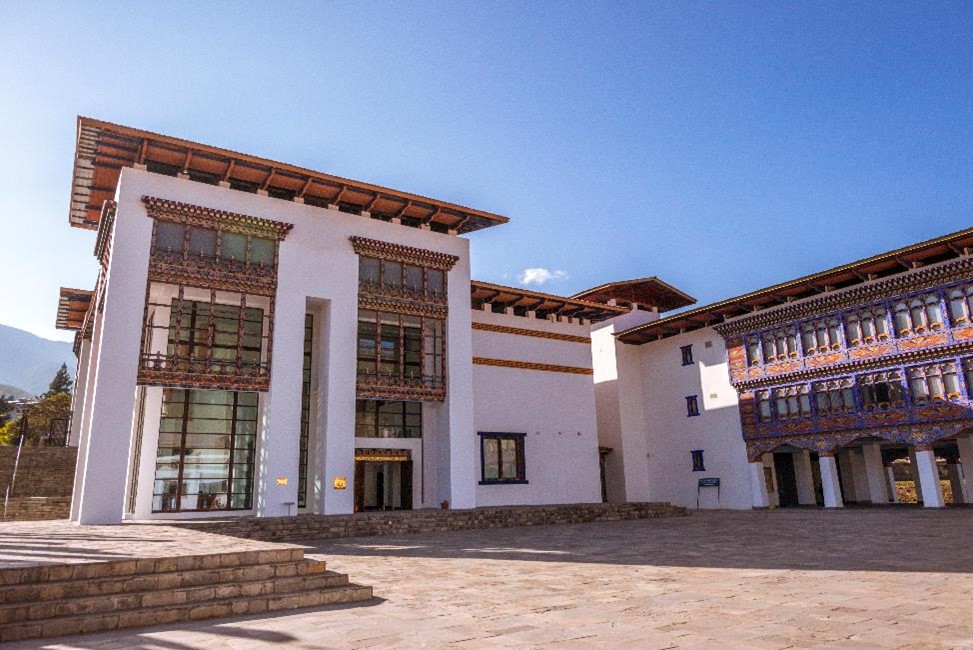
RTA is a non-profit organisation built to preserve and promote the art of weaving in Bhutan. Queen Mother Ashi Sangay Choden instituted RTA in May 2005. The organisation focuses on providing Bhutanese in-depth study and skills training for the unique Bhutanese textiles. Tourists can check out traditional regional garments and an invaluable collection of antique textile artefacts of Bhutan.
Memorial Chorten
National Memorial Chorten was built in memory of the 3rd King of Bhutan, Jigme Dorji Wangchuck. Throughout the day, locals circumambulate the chorten as a holy ritual. Built in 1974, it is an outstanding illustration of Buddhist culture and architecture in the kingdom. The chorten houses detailed Buddhist paintings and numerous Buddha statues.
Tango Buddhist Institute
Tango Monastery serves as a part of the Drukpa Kagyu School, an important university of Buddhist studies in Bhutan. The sacred institute is a 30-minute drive from the main Thimphu town. After reaching the Dodena area, an hour hike uphill is required.
There are numerous legends associated with the monastery making it an interesting place to visit. The site is said to have been visited by Guru Rinpoche sometime in the 8th century. Many great masters have visited the site, including Zhabdrung who is said to have meditated in the cave in 1616. The old monastery was founded by Phajo Drugom Zhigpo in the 12th century and built in its present form by the Fourth Desi (secular ruler) Tenzin Rabgye in 1688.
Weekend Market
The weekend market provides visitors with a glimpse into the routine of the Bhutanese. It's a lively place to get fresh produce from the farmers who brought them to the capital city from remote parts of the kingdom. There is also a handicraft bazaar across the streets where you can get souvenirs.
Folk Heritage Museum
Folk Heritage Museum offers visitors a glimpse of traditional Bhutanese lifestyle, values and heritage. The museum was established in 2001 and is set in a three-storied timber and rammed earth building, mimicking the authentic traditional Bhutanese structure. The ground floor is the cattle shed, the second floor is a storage area, and the top floor is the living quarters.
You can learn more about Bhutanese cuisine, traditional plants, animals, traditional hot stone baths, farming tools, household objects, and many more in the museum.
Clock Tower Square
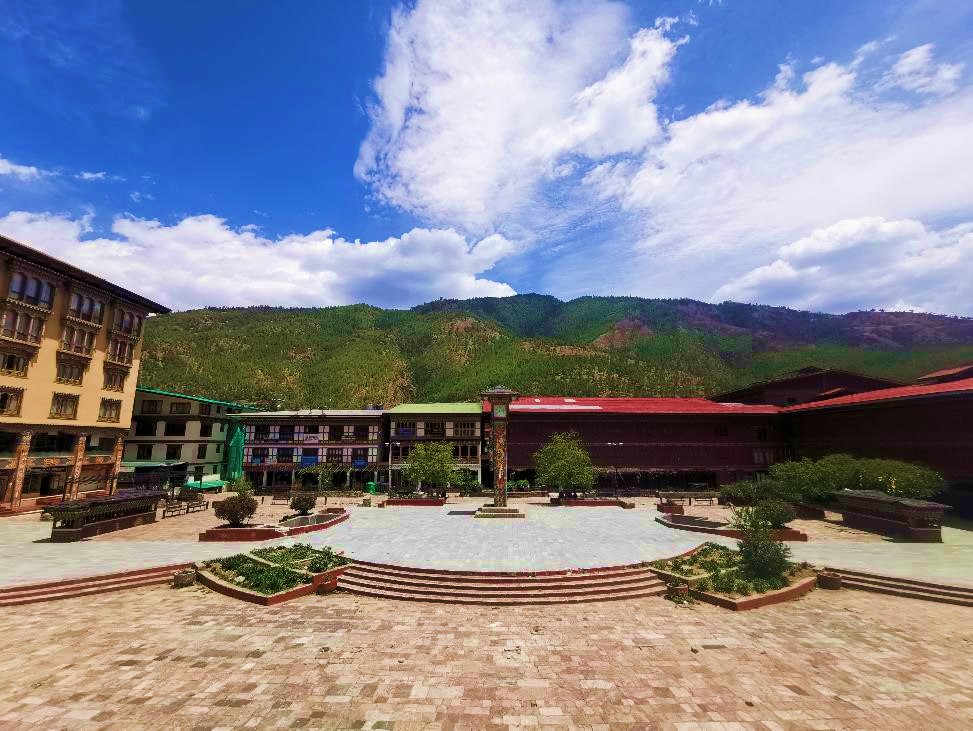
The Clock Tower Square refers to a tower with four clock faces traditionally built with beautiful and colourful carvings and paintings. The tower stands in the open ground, and the area serves as a venue for various events like trade fairs, musical events and other activities. The centrally located square — surrounded by hotels, restaurants, cafes — remains a popular gathering spot for locals and offers a chance to rest from sightseeing.
National Institute for Zorig Chusum
The Government of Bhutan established the national Institute for Zorig Chusum to preserve and promote the traditional arts and crafts of Bhutan. The students are taught the thirteen traditional Bhutanese arts and crafts: Painting, Sculpturing, Wood Carving, Calligraphy, Paper-making, Bronze-Casting, Embroidery, Weaving, Carpentry, Masonry, Bamboo and cane weaving, Ornament-Making, Blacksmithing.
You can see students working on their crafts and explore the gallery in the institute. It's an interesting site for travellers who enjoy learning about the local cultures.
Motithang Takin Preserve
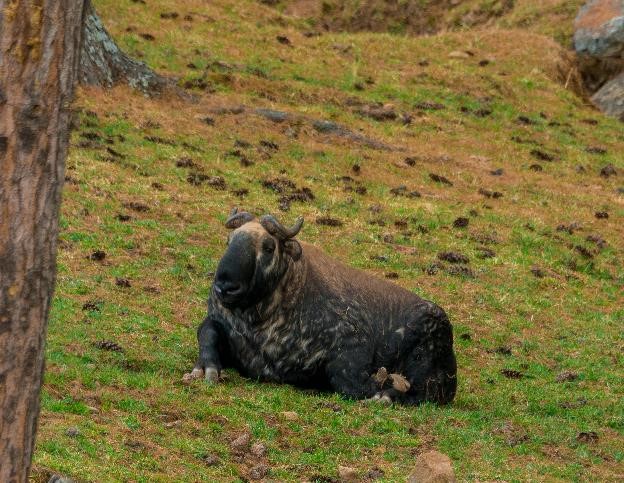
Takin Preserve is located at Motithang, a 15-minute drive from Thimphu Town. It is the wildlife reserve to preserve takin in a protected environment, alongside other rare animals such as Muntjac deer, Sambar, and Serow. Takin, the national animal of Bhutan, is a curious combination of goat and cow. They were once released into the wild from zoo enclosure, following the fourth King of Bhutan order. However, after being domesticated for so long, the takin didn't leave the area and ended up roaming the streets of Thimphu. Thus, an 8.4-acre wildlife reserve was set up for the takin to roam freely and safely.
Thimphu Tshechu
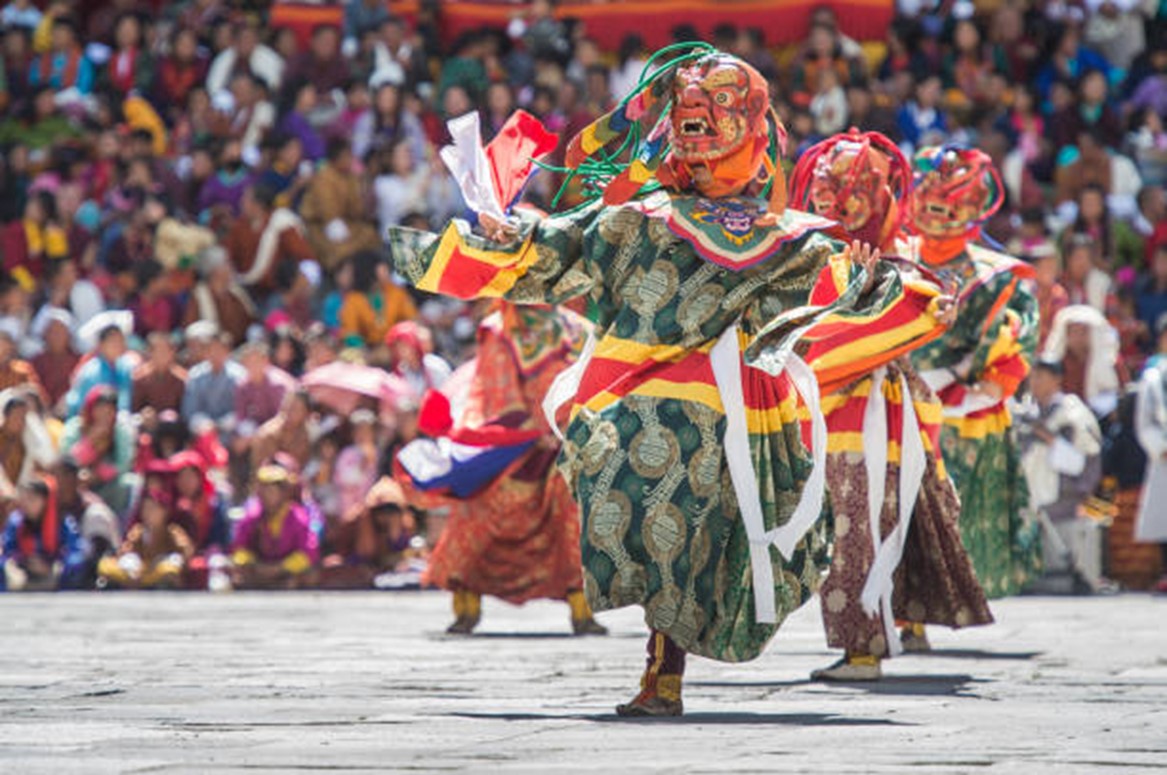
One of the biggest festivals in Bhutan is the Thimphu Tshechu. This festival is held in the capital city for three days beginning on the 10th day of the 8th month of the lunar calendar — usually in September or October. Thimphu Tshechu was initiated by the 4th Druk Desi, Gyalse Tenzin Rabgay in the 17th century. In the 1950s, some changes were introduced in Thimphu Tshechu by the 3rd King of Bhutan, Jigme Dorji Wangchuck.
The Tshechu is preceded by several days and nights of prayer and rituals to invoke the gods. It even has its own pre-festival, Thimphu Drupchen, which takes place three days before Thimphu Tschechu. You can enjoy mask dances like the Guru Tshengye (Eight Manifestations of Guru Rinpoche), Shaw Shachi (Dance of the Stags), and many more at the festival. Tshechu is a sacred religious festival, and locals believe that one can cleanse their sins and accumulate merits by attending it.
Dochula Druk Wangyel Festival
Dochula Druk Wangyel Festival was established in 2011 in commemoration of the fourth King and the Armed Forces’ victory over Indian insurgent forces residing in southern Bhutan in 2003. The festival is celebrated every 13th December at the Druk Wangyel Lhakhang located at the Dochula pass (3140m) en route from Thimphu to Punakha. The Druk Wangyel Tshechu is a unique festival performed by the Royal Bhutan Army rather than monks or laypeople. It also celebrates the continuous efforts of the Royal Bhutan Army in protecting the sovereignty and the stability of the country.
Queen Mother Ashi Dorji Wangmo Wangchuck is the founder and patron of the Druk Wangyal Festival. Her Majesty also built Druk Wangyal Lhakhang over four years (2004-2008) to honour the courageous service of the fourth king, Jigme Singye Wangchuck, for all the sacrifices he made to protect the kingdom's sovereignty.
Dochula Pass
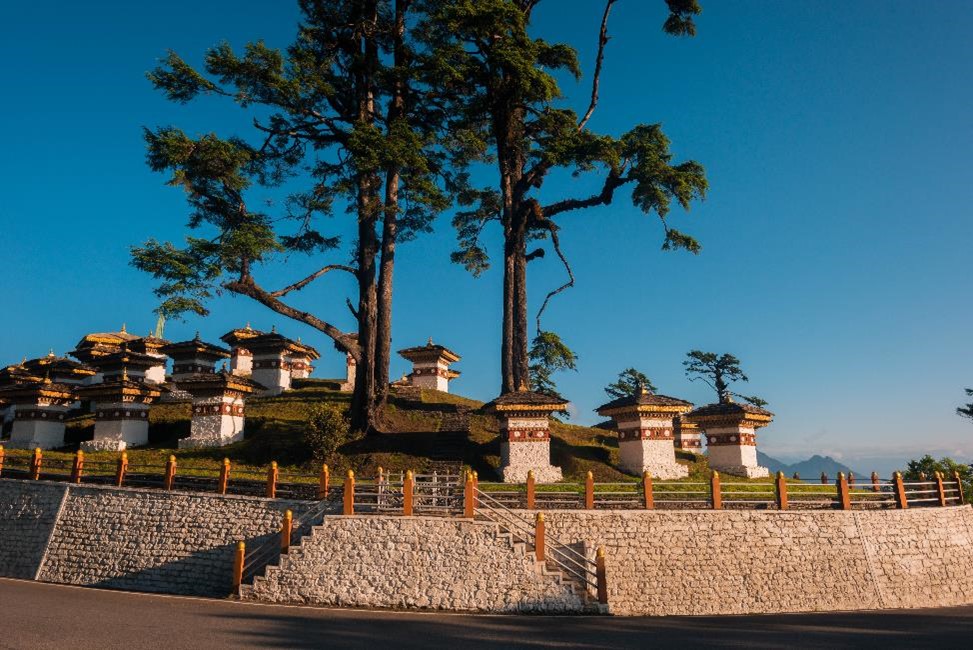
Dochula Pass is a 3100m (10171ft) high mountain pass from Thimphu to Punakha. It is famous for the 108 memorial stupas built by the eldest Queen Mother Ashi Dorji Wangmo Wangchuck to honour the Bhutanese soldiers, perished in combat while fighting insurgents from the state of Assam in northeast India. It is also the venue for the annual Dochula Druk Wangyel Festival. The pass offers a fantastic 360-degree panoramic view of the Himalayas on a clear day.
For more attractions in Bhutan, order a copy of Bhutan Travelog from Amazon or BookDepository. Here are 6 reasons why.

